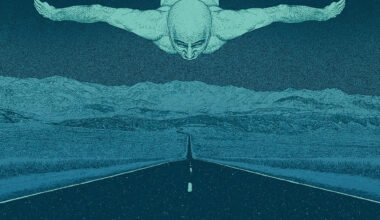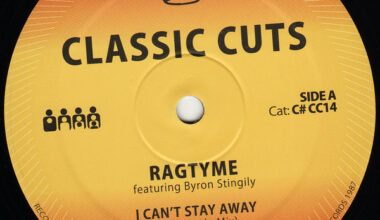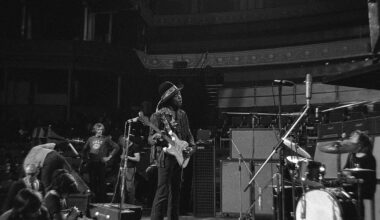Freewheeling through time and space, Kris Needs ventures out on his further adventures in audio. This month: The Remix…

Spending the last few weeks finishing my Orb book and writing Andrew Weatherall tributes brought home the visionary liberation of remixes that both Alex Paterson and Weatherall unleashed 30 years ago, essentially setting the tone for the coming decade.
How everything has changed. In the recent Electronic Sound Orb cover feature, Alex expressed his disappointment over tracks from his new album not getting the reworks they deserved, blaming the anti-remix climate and tight record company budgets. A painful turn of events, but ultimately unsurprising.
In the 90s, a Weatherall or Orb remix was An Event. You never knew what to expect, but it would likely be mind-blowing, as an innocuous three-minute indie ditty or pop-house romp was transformed into an epic voyage into deepest dub or joyride through the galaxy in a stolen moon buggy, always fired by essential punk spirit.
The roots of remixing started sprouting in New York, when Tom Moulton invented extended re-edits to maintain dancefloor momentum on outings such as BT Express’ ‘Do It (’Til You’re Satisfied)’ in 1974. As extended mix 12-inches became crucial disco weapons, by 1977 Jamaica’s dub laboratories were also cooking up extended versions that appeared on 12-inch (J Ayes and Ranking Trevor’s ‘Truly’ springs to mind).
While UK record companies made these longer edits a marketing tool, discerning artists capitalised on this new open field, notably The Clash and Soft Cell (who’d experienced NY club culture). When house appeared, the US seized the medium, Frankie Knuckles and David Morales leading the charge to sprinkle deep magic on some pop hopeful.
In the UK, it took Weatherall’s ‘Loaded’ remix to blow the doors open, consolidated by ‘Come Together’ and his reconstructions of the likes of Saint Etienne and My Bloody Valentine. The Orb conducted their widescreen science on Primal Scream’s ‘Higher Than The Sun’ and many willing lambs led to Alex’s imagination.
The bubble had to burst, and it did with the arrival of the internet. By the 21st century this fertile genre seemed almost dead, although even to the end Weatherall continued sculpting marvellous reworks in inimitable style. Maybe that’s one aspect of his legacy that today’s electronic culture can continue, already trumpeted by his old comrade Alex, there for others to leap on again.





